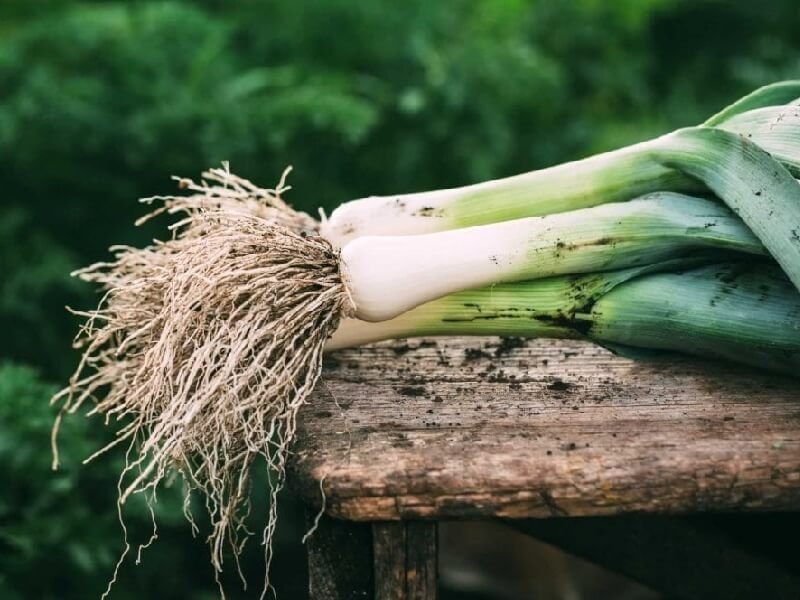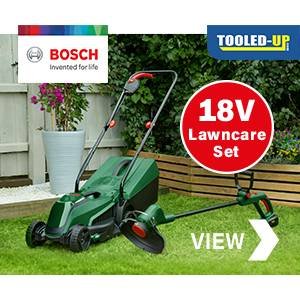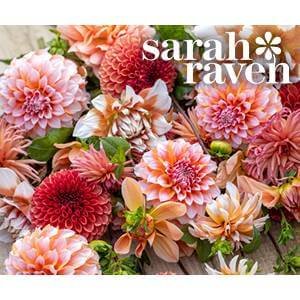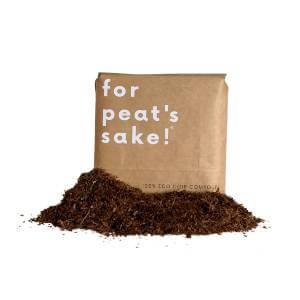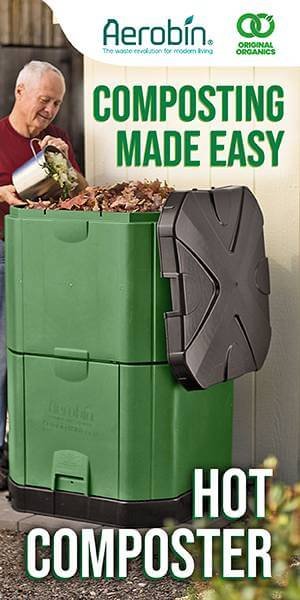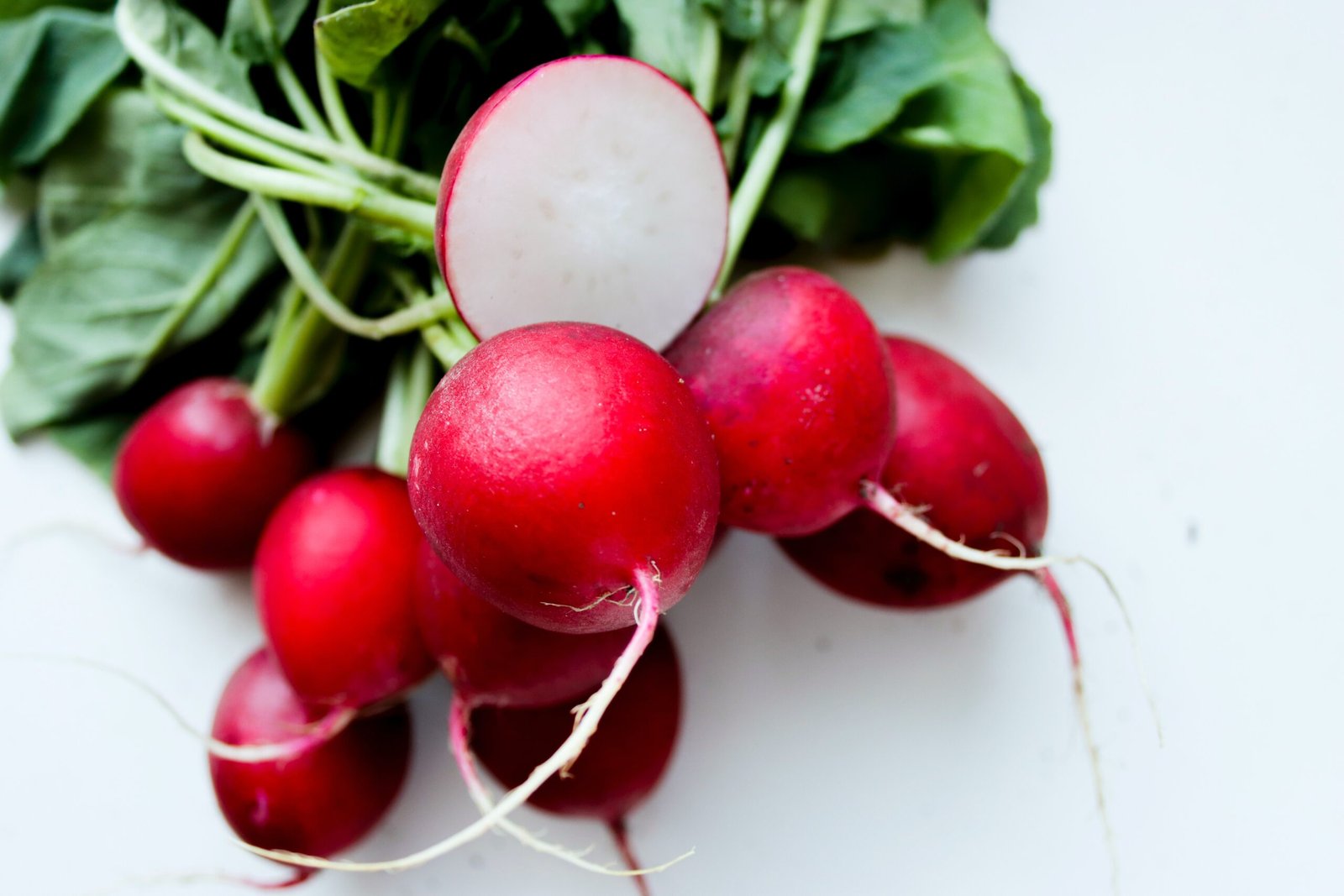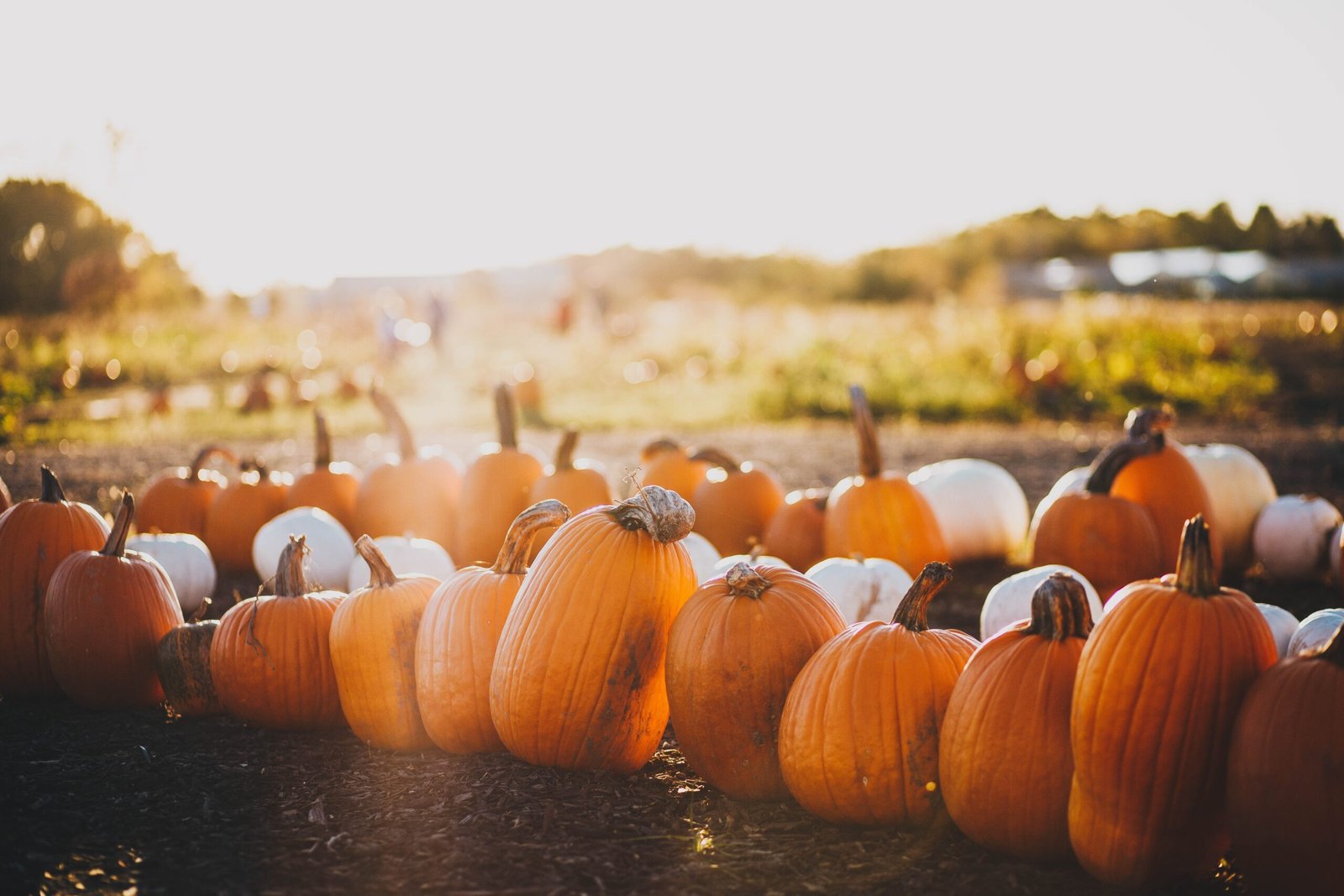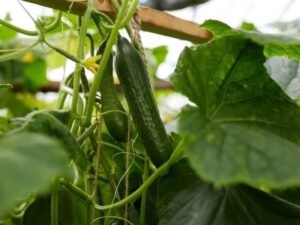Introduction
Welcome to the ultimate guide on how to grow delectable leeks right in the comfort of your own home in the UK. Whether you have a spacious garden or limited space, growing leeks is a rewarding and enjoyable experience. In this comprehensive guide, we will take you through each step of the process, from preparing the soil to harvesting and storing your leeks.
Why Should I Grow Leeks?
Leeks are not only incredibly versatile in the kitchen, but they also offer a host of health benefits. Packed with vitamins, minerals, and antioxidants, leeks are a nutritious addition to your diet. Plus, growing your own leeks ensures that you have access to fresh, organic produce without any harmful pesticides or chemicals.
Where is the Ideal Location to Grow Leeks?
Leeks thrive in a sunny spot with well-drained soil. Choose an area in your garden that receives at least six hours of sunlight each day. If you have limited space, don’t worry! Leeks can also be grown successfully in containers, pots, or even tubes.
Soil Type and Preparing the Soil
Leeks prefer a fertile soil that is rich in organic matter. Before planting, prepare the soil by removing any weeds and loosening it with a garden fork. Incorporate compost or well-rotted manure to improve the soil’s fertility and drainage.
Watering Tips and Hints
Consistent moisture is crucial for leeks, especially during dry spells. Water deeply, ensuring the soil is evenly moist but not waterlogged. Avoid overhead watering, as it can encourage disease. Mulching around the plants will help retain moisture and suppress weeds.
Sowing and Planting Leeks
You have two options for starting your leeks: sowing seeds directly or planting out seedlings. If you choose to sow seeds, start them indoors in trays or modules during early spring. Transplant the seedlings into the garden when they are around 20cm tall. Alternatively, you can purchase young leek plants from a reputable nursery and plant them directly into the garden.
How to Grow Leeks from Seed
When sowing leek seeds, ensure they are sown thinly and covered with a fine layer of soil. Keep the soil consistently moist and provide a warm environment for germination. Once the seedlings have developed, thin them out to a spacing of around 15cm to allow for proper growth.
How to Plant Out Leeks
When planting out leeks, dig a trench around 15cm deep and water it thoroughly. Trim the roots and tops of the leek seedlings, leaving only 2.5cm of green growth. Place the seedlings in the trench, spacing them around 15cm apart. Backfill the trench with soil, ensuring that the leeks are planted deep enough to encourage blanching.
General Care for Leeks
Leeks require regular watering, especially during dry periods. Keep the area around the plants free from weeds to prevent competition for nutrients. Applying a balanced organic fertilizer once or twice during the growing season will promote healthy growth. Additionally, hilling up soil around the base of the plants will encourage blanching and protect the stems from sunlight.
How to Harvest Leeks
Leeks are typically ready for harvest in late summer or early autumn. Gently loosen the soil around the leek plant with a garden fork and lift the leek out. If you prefer smaller leeks, you can harvest them earlier. Remember to pull leeks when the ground is moist to avoid damaging the roots.
How to Store Leeks
Leeks can be stored for several weeks if handled correctly. Remove any damaged outer leaves and trim the roots. Store leeks in a cool, dark place, such as a cellar or refrigerator. Alternatively, you can blanch and freeze leeks for longer storage.
Problems with Growing Leeks
While leeks are generally easy to grow, they can face a few challenges. Common pests include onion flies and leek moth, which can be controlled with insect netting or organic insecticides. Diseases such as leek rust and white rot can also affect the plants. Crop rotation, proper sanitation, and choosing disease-resistant varieties can help prevent these issues.
Where to Buy Leeks
You can purchase leek seeds or seedlings from reputable nurseries, garden centers, or online suppliers. Look for certified organic options to ensure the highest quality.
What are the Best Leek Varieties to Grow and Why?
There are several fantastic leek varieties to choose from, each with its own unique characteristics. Popular varieties in the UK include ‘Musselburgh’ for its hardiness, ‘Apollo’ for its uniform growth, and ‘Bulgarian Giant’ for its large size. Consider your preferences and growing conditions when selecting the best variety for your garden.
What Tools Will I Need to Grow Leeks?
Fortunately, growing leeks requires minimal specialized tools. You will need a garden fork for soil preparation, a watering can or hose for irrigation, and a sharp knife or shears for harvesting. Optional tools include a trowel for transplanting seedlings and a hoe for weed control.
Conclusion
Growing your own leeks is a rewarding endeavor that allows you to enjoy fresh, flavorful produce straight from your garden. By following the steps outlined in this guide, you’ll be well on your way to cultivating thriving leeks that will enhance your culinary creations. Start your leek-growing journey today and savor the satisfaction of homegrown goodness.
Frequently Asked Questions
Q: Can I grow leeks in containers?
A: Absolutely! Leeks can be grown successfully in containers, provided they have enough depth for proper root development. Choose a large container and ensure it has drainage holes to prevent waterlogging.
Q: How long does it take for leeks to mature?
A: Leeks typically take around 90-120 days to mature, depending on the variety and growing conditions.
Q: Can I grow leeks in tubes?
A: Yes, growing leeks in tubes is an innovative way to maximize space. Fill the tubes with well-prepared soil and plant the leeks as you would in the garden.
Q: Are leeks prone to any specific diseases?
A: Leeks can be susceptible to diseases such as leek rust and white rot. However, practicing good crop rotation, proper sanitation, and selecting disease-resistant varieties can help minimize these issues.
Q: Can I grow leeks year-round?
A: Leeks are typically grown as cool-season crops and prefer cooler temperatures. However, with proper care and protection, you can extend the growing season and enjoy leeks for a longer period.
Q: Can I freeze leeks?
A: Yes, leeks can be blanched and frozen for longer storage. Simply blanch the leeks in boiling water for a few minutes, then plunge them into ice water to stop the cooking process. Drain and pack them in airtight containers or freezer bags.
Q: How can I prevent pests from attacking my leeks?
A: Using insect netting, practicing good garden hygiene, and employing organic pest control methods can help deter pests from damaging your leeks.

